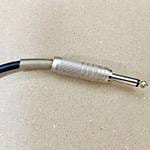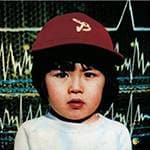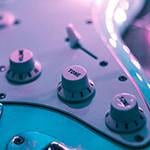Solos and Ensembles in the Early Days of Polyphonic Synthesizers in J-Pop
In the previous article, we covered monophonic synthesizer solos, including those by Pink Floyd. This time, we’ll explore the early days of polyphonic synthesizers in J-Pop, highlighting notable solos, ensembles, and the musicians who played a key role in shaping their sound.
Memories That Began with Southern All Stars’ “Katteni Shindobaddo”
When thinking of Southern All Stars, the genius melody-maker Keisuke Kuwata immediately comes to mind. I first heard Katteni Shindobaddo when I was 18 and was instantly drawn to its samba-infused beat. I’ve always loved Latin rhythms, so it resonated with me right away.
I still remember the mild shock I felt when I saw the eccentric vocalist performing on TV. Kuwata’s melodies have a certain universality, which eventually led him to become a national star, consistently dominating the mainstream.
Even within Southern All Stars' extensive catalog, I managed to find one instance of a polyphonic synthesizer solo.
Tatsuro Yamashita’s First Polyphonic Synthesizer Solo
Synthesizer solos are rare in Tatsuro Yamashita’s albums and live performances. However, one that stands out in my memory is from his legendary live album It’s a Poppin’ Time (recorded at Roppongi Pit Inn). This particular solo appears in his cover of Bread & Butter’s Pink Shadow.
Ryuichi Sakamoto, who played keyboards on this performance, delivered an imaginative solo using the iconic monophonic synthesizer, the ARP Odyssey. His solo on the Odyssey was striking, making excellent use of portamento—an unforgettable moment in synthesizer history.
However, when it comes to polyphonic synthesizer solos, only one instance comes to mind. In Tatsuro Yamashita’s albums, polyphonic synthesizers are primarily used for pad sounds and string-like tones, but I can hardly find any solos.
I believe this is because he considers acoustic pianos and other piano-based sounds to have greater expressive potential as instruments.
■ Recommended Album: Ninkimono de Ikou / Southern All Stars (1984)
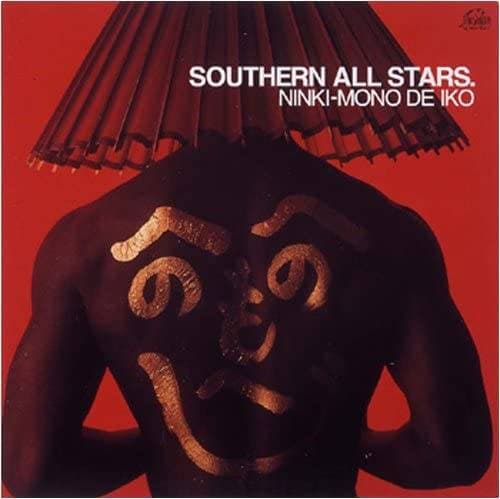
Released in 1984, Ninkimono de Ikou is Southern All Stars' seventh album. At the time, polyphonic synthesizers were becoming more prevalent, leading to their widespread use in J-Pop band ensembles. Southern All Stars also embraced this new technology, incorporating it actively into their album production.
A prime example of this approach is Miss Brand-New Day. The song features sharp synthesizer tones synchronized with a sequencer—a technology that was just starting to gain popularity at the time—creating a rhythmically tight and mechanical-sounding intro.
The bass is also synthesized, and the drums are programmed using a drum machine. In fact, the entire rhythm section—synths, bass, and drums—is machine-synchronized. Additionally, the snare drum sound is enhanced with gated reverb, a popular production technique of the era, further emphasizing the song’s technological edge.
It is likely that Takashi Fujii, who later worked with YMO, played a significant role in shaping these production choices.
At the time, Takashi Fujii was one of Japan’s leading synthesizer manipulators, possessing cutting-edge knowledge of MIDI and other emerging technologies. His technologically driven approach added a unique dimension to the album’s sound, helping to shape an era where machine-based music dominated the scene.
Behind the scenes, it was Fujii who orchestrated this shift, playing a crucial role in defining the sonic landscape of the time.
Recommended Track: "Yodomi Nae, Karete Mae"
This track prominently features the Roland Jupiter-6 polyphonic synthesizer, making it a standout in Southern All Stars' discography. At the time, few of their songs placed such a strong emphasis on polyphonic synths.
The flute-like arpeggios in the intro, the brass tones carrying the main theme, and the flowing string pads in the background—all are likely produced using the Jupiter-6, showcasing its versatility and rich sound.
In the final section of the song, you can hear a brass-like solo played on the Jupiter-6. By slightly detuning its two VCOs, the synth produces a rich, thick tone—one of the Jupiter-6’s signature strengths.
At the end of the solo, the pitch bender on the left side of the keyboard is used for pitch bends up and down, adding expression and movement to the otherwise static nature of a synthesizer solo.
Incidentally, I was also a proud user of the Jupiter-6. It was an incredibly versatile and user-friendly polyphonic synth. If I had to point out a drawback, it would be its weight—it was simply too heavy!
During an interview at Roland, I learned a special trick for opening the Jupiter’s control panel. A technician showed me that by removing a few screws from the top of the metal side panels, then gently spreading them apart, you could lift out the central panel—a secret technique of sorts!
I still remember being impressed (and amused) by this insider knowledge. (Laughs)

Roland Jupiter-6, CC BY-SA 3.0 (Quoted from Wikipedia)
Roland’s highly successful analog polyphonic synthesizer, the Jupiter-8, was priced at 980,000 yen, making it an unattainable dream for most amateurs. The Jupiter-6, released as a more affordable alternative, reduced the polyphony by two voices to six voices and was sold for 490,000 yen.
This polyphonic synthesizer featured a split keyboard function, allowing users to divide the keyboard into two zones, each with a different sound. It also came equipped with an arpeggiator.
However, the most groundbreaking feature of the Jupiter-6 was the inclusion of MIDI (Musical Instrument Digital Interface). Established in 1981, MIDI became a global standard that allowed electronic instruments to connect and exchange data using a single cable. For example, by connecting Synthesizer A and Synthesizer B via a MIDI cable, playing A would transmit performance data to B, enabling both synths to produce sound simultaneously.
The MIDI standard was established through an agreement between six companies: four Japanese manufacturers—Yamaha, Roland, Kawai, and Korg—and two American companies—Sequential Circuits and Oberheim.
Behind this achievement were the efforts of Ikutaro Kakehashi, the founder of Roland, and Dave Smith, the founder of Sequential Circuits. Their contributions were highly recognized, earning them a Grammy Technical Award.
■ Recommended Album: Ride on Time / Tatsuro Yamashita (1980)
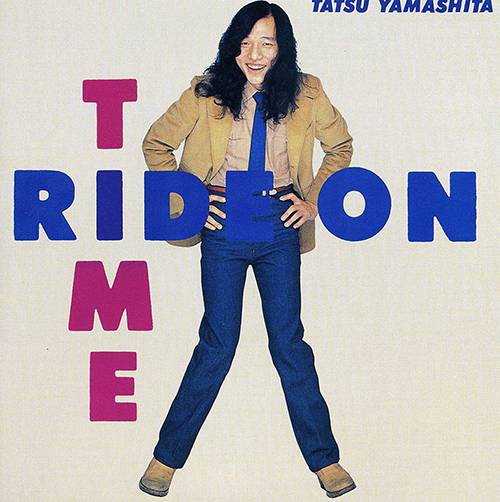
Tatsuro Yamashita’s fifth album, Ride on Time, was the breakthrough that brought him into the spotlight. The title track, Ride on Time, became a massive hit as the theme song for a TV drama.
Unusually for a Tatsuro Yamashita album, this record prominently features a polyphonic synthesizer solo, making it a notable work in his discography.
Recommended Track: "Itsuka" (SOMEDAY)
The opening track of the album features lyrics by Minako Yoshida. This song includes a polyphonic synthesizer solo performed by Hiroyuki Namba.
Namba is a key member of Tatsuro Yamashita’s band and is regularly called upon for his recordings. In the early albums, this role was filled by Ryuichi Sakamoto and Hiroshi Sato, but from then on, Namba became a permanent fixture in Yamashita’s lineup.
The instrument Hiroyuki Namba plays on this track is most likely the Prophet-5, judging by its sound. Namba actually owns a Prophet-5 and has used it in recordings, making it a strong possibility.
The Prophet-5 is a five-voice polyphonic synthesizer that became a worldwide hit. In the song’s solo section, Namba takes full advantage of its polyphony, delivering a melodic solo that weaves seamlessly through the gaps of the brass ensemble.
Featured Musicians, Albums, and Recommended Tracks
- Artists: Southern All Stars, Keisuke Kuwata, Takashi Fujii, Tatsuro Yamashita, Hiroyuki Namba
- Albums: Ninkimono de Ikou, Ride on Time
- Tracks: Yodomi Nae, Karete Mae, Itsuka (SOMEDAY)
- Instruments Used: Roland Jupiter-6, Sequential Circuits Prophet-5, etc.
The “sound & person” column is made up of contributions from you.
For details about contributing, click here.






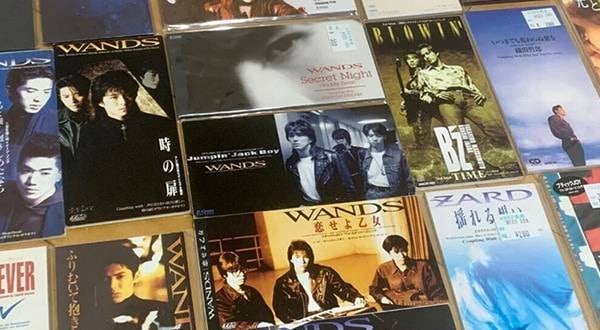
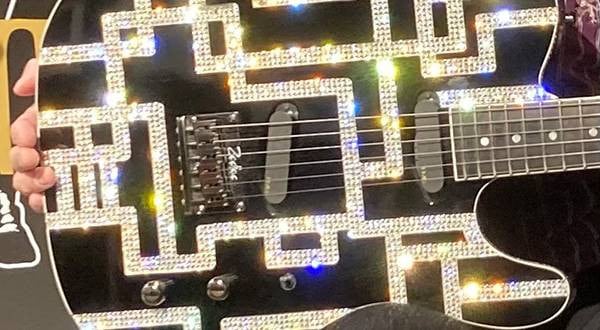
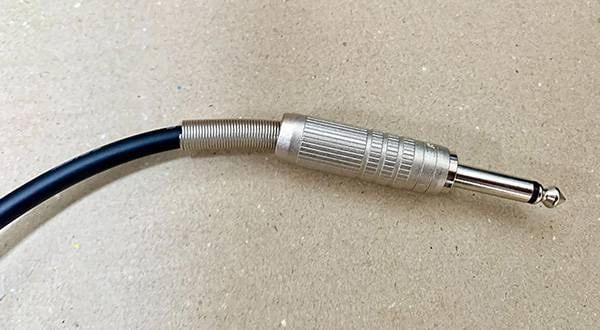
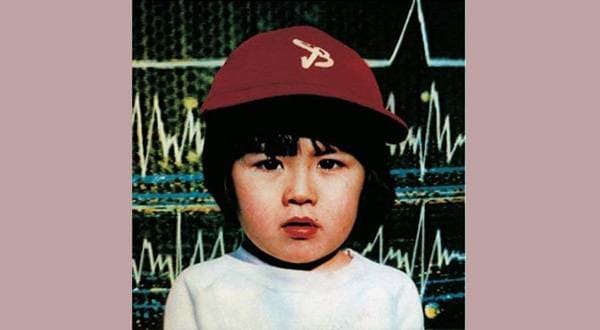
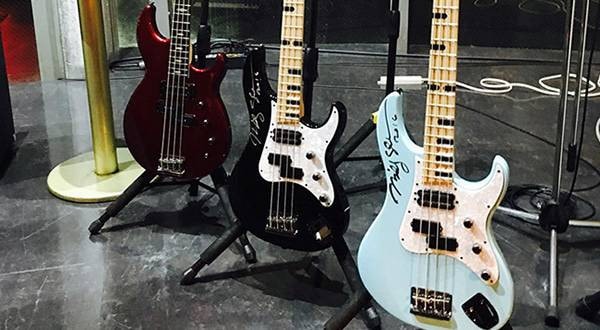
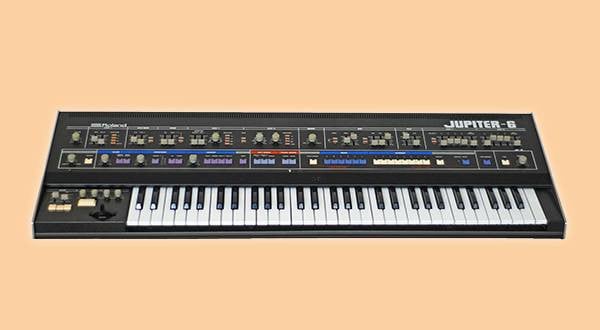
![[2025 Latest Edition] Choosing a Synthesizer/Popular Synthesizers Ranking](/contents/uploads/thumbs/2/2022/9/20220916_2_19446_1.jpg)
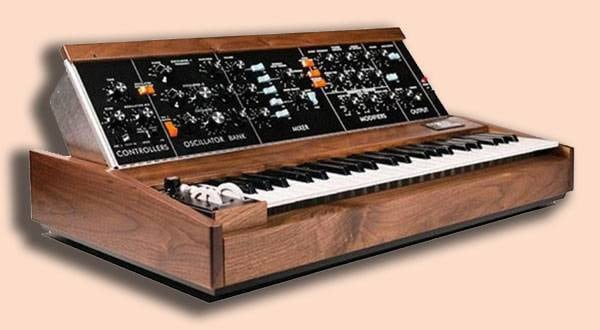
![[2025 Latest Edition!] Popular Modular Synthesizer/Semi-Modular Synthesizer Ranking [Recommendations]](/contents/uploads/thumbs/2/2021/12/20211202_2_15495_1.jpg)
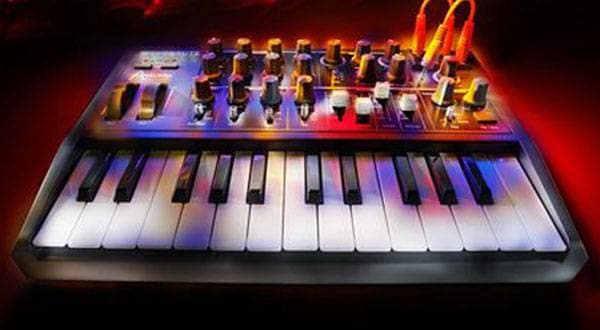

 USB接続対応のMIDIキーボード
USB接続対応のMIDIキーボード
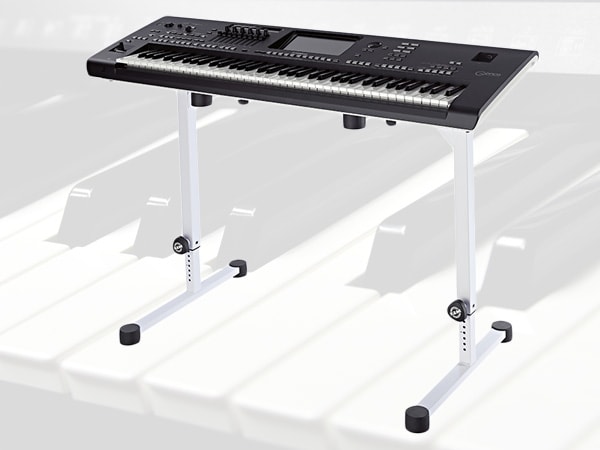 キーボードスタンドの選び方
キーボードスタンドの選び方
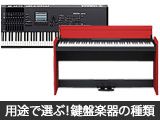 用途で選ぶ!鍵盤楽器の種類
用途で選ぶ!鍵盤楽器の種類
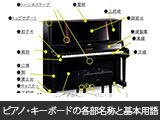 ピアノ・キーボードの各部名称
ピアノ・キーボードの各部名称
 キーボードスタートガイド
キーボードスタートガイド
 キーボード・ピアノ講座
キーボード・ピアノ講座


